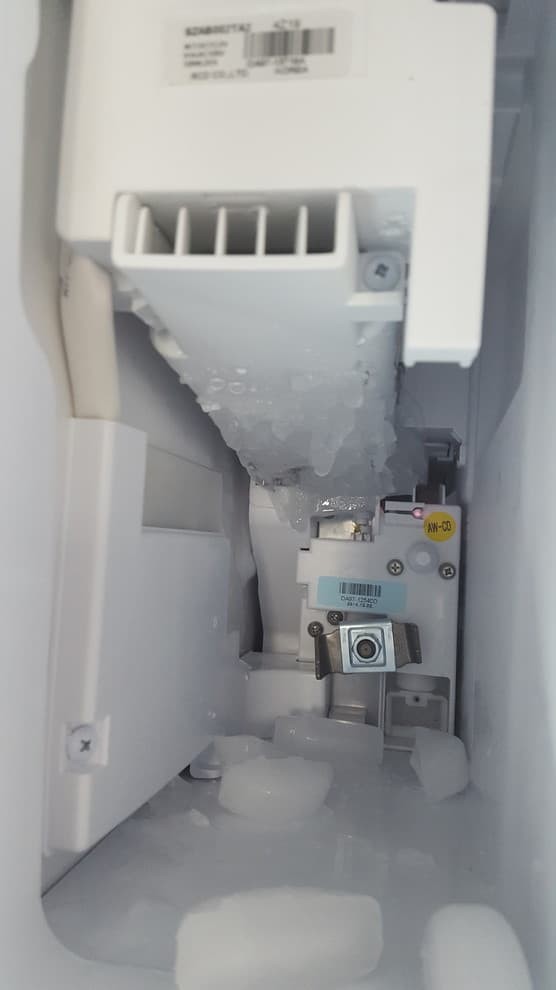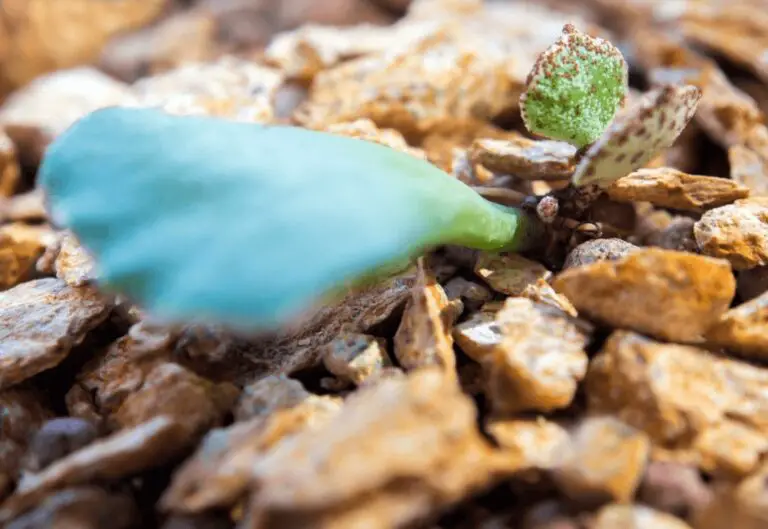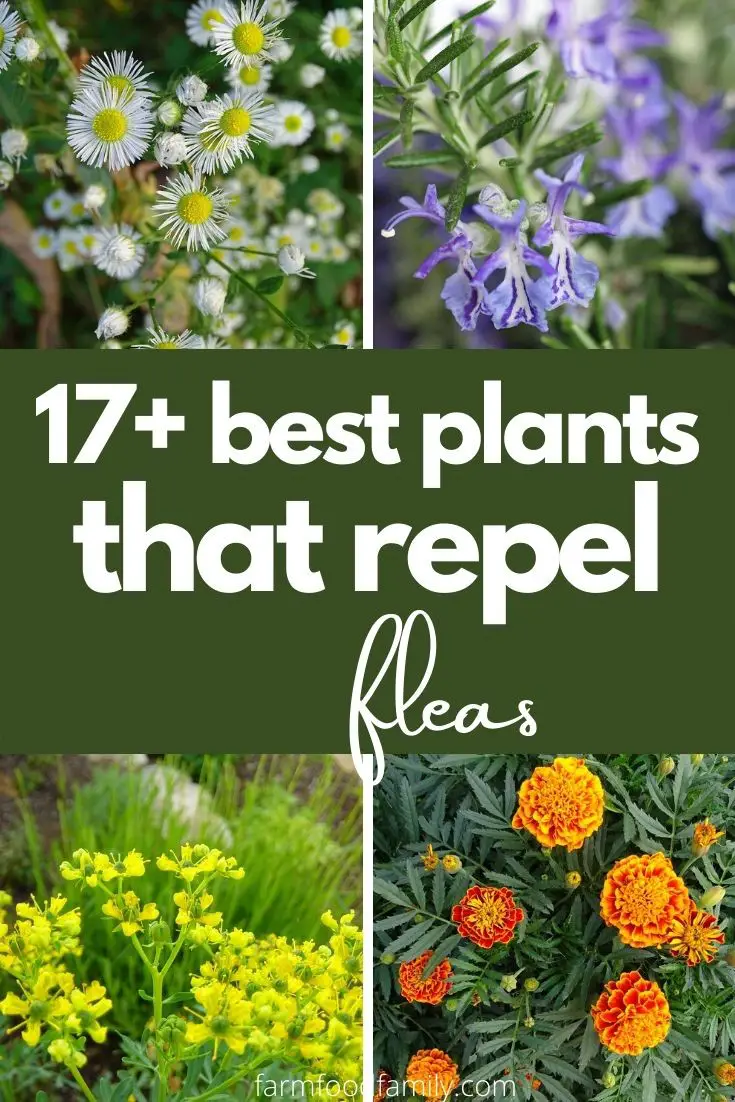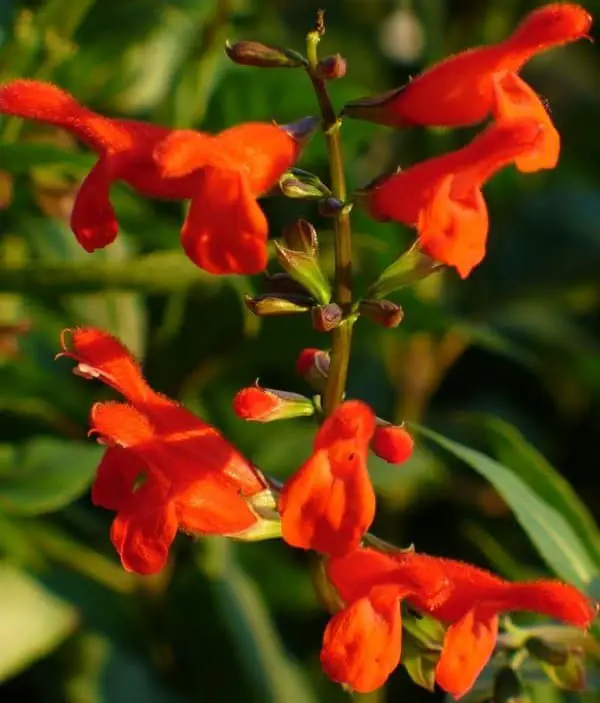Toxic Flowers That Can Kill Your Pet: Plants That Are Poisonous To Dogs And Cats
As many pet owners are also avid gardeners, it’s crucial to consider which plants may pose a risk to our furry friends. Dogs and cats, being the curious creatures they are, often mistake plants in the garden for playthings, much like a favorite chew toy. This can lead to unexpected nibbling on bulbs or rhizomes that have recently been unearthed, potentially causing harm.
By recognizing these potential hazards, we can take steps to keep our pets safe and ensure a harmonious coexistence between our gardens and our beloved companions.
Plants that are Poisonous to Cats
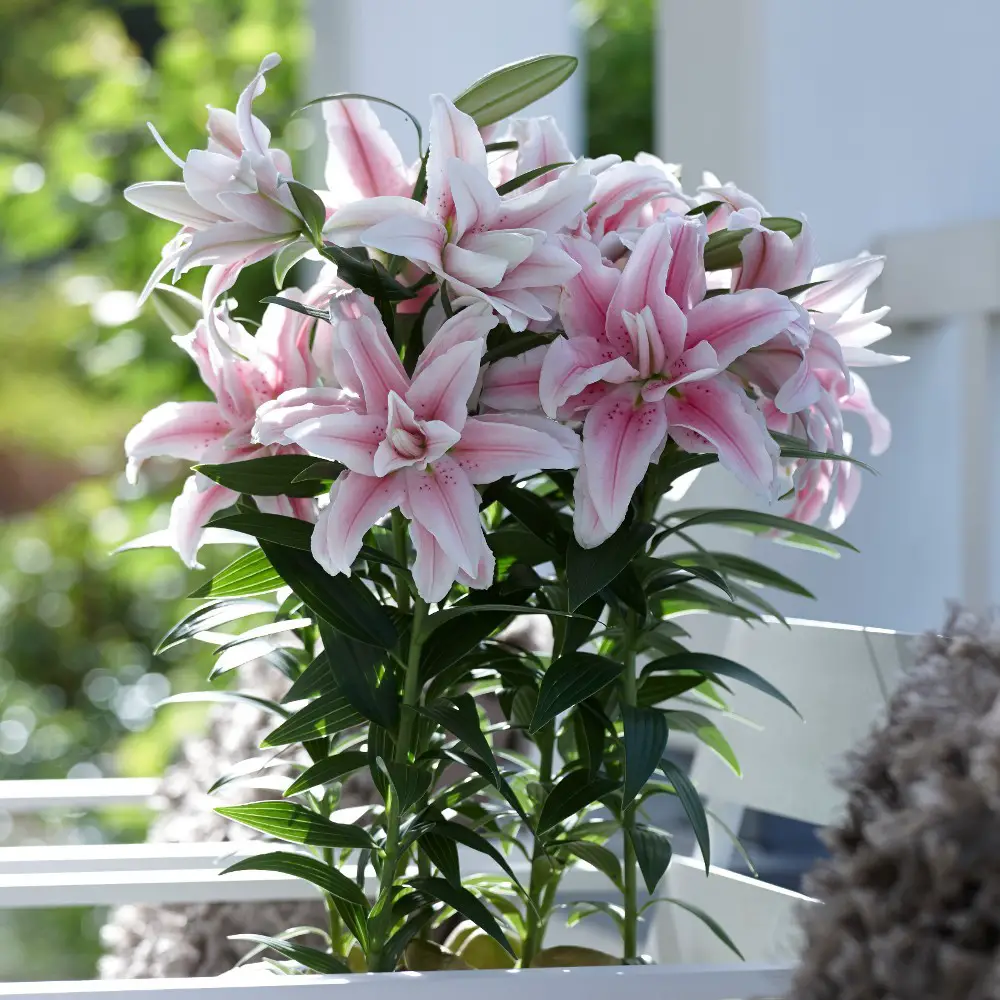
If you notice your feline friend showing interest in recently excavated lillium bulbs, it’s crucial to ensure they’re out of reach. The toxins present can cause significant kidney damage in cats. Lillium bulbs aren’t the only culprits; irises, lily-of-the-valley, and agapanthus also harbor hidden poisons. While this may seem daunting, there’s no need for gardeners to abandon these plants. Cats rarely dig into these plants to chew on the bulbs, although dogs might be tempted.
The primary reason cats dig in gardens is to use the facilities, so providing a designated box with kitty litter can solve the issue. However, problems arise when bulbs are unearthed and left unattended, allowing curious kitties to discover them. To prevent this, store bulbs in a secure container or box that’s inaccessible to your mischievous feline companion.
Plants that are Poisonous to Dogs

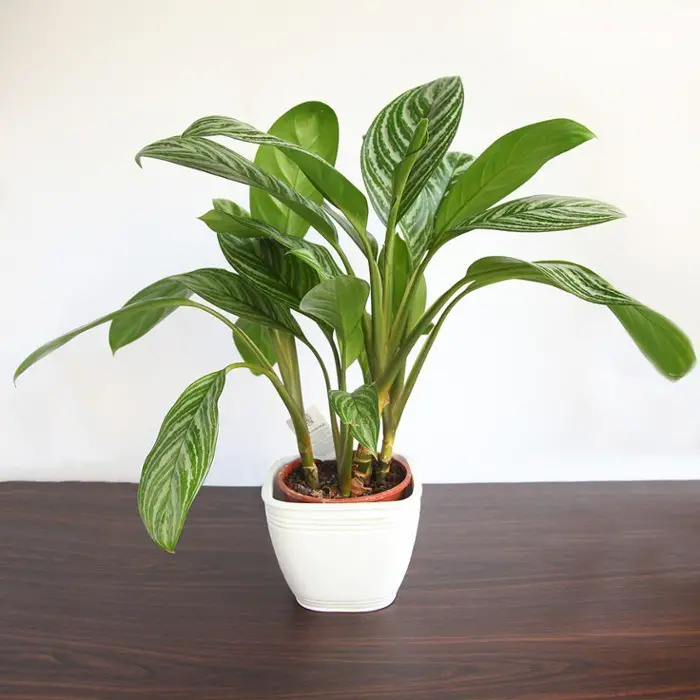
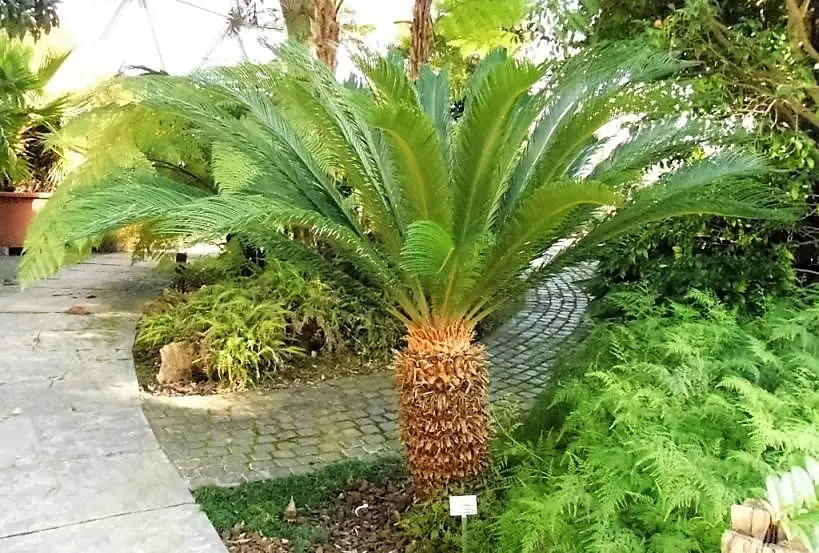
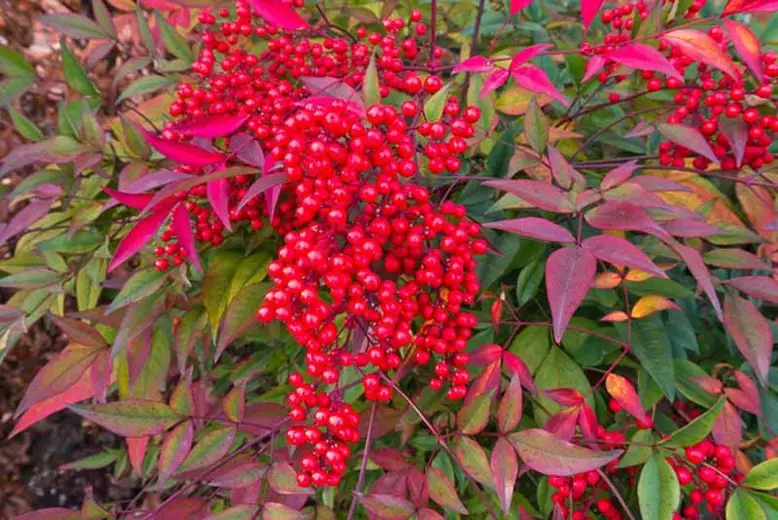
Dogs are at risk from a range of plants known as dogbanes, which contain toxic sap. If you have a dog that enjoys chewing, it’s best not to grow these plants in your household. Many dogbanes are tropical species with sweet fragrances and long flowering periods. Frangipani, mandevilla, oleander, Brazilian jasmine, wintersweet, and periwinkle are all poisonous to dogs, as are daffodils, autumn crocus, lily-of-the-valley, gladioli, narcissus, and tulips.
In the case of these latter plants, the toxicity is contained within the bulb, so if your dog likes to dig in the garden, consider fencing off a separate area for them.
It’s not just tropical plants that are poisonous – some annuals and houseplants grown in colder areas can also be deadly. Charming dieffenbachia, Christmas rose, Flamingo plant, and foxgloves are all highly toxic, with the foxglove family being particularly dangerous.
Cycads and Heavenly Bamboo (nandina domestica) are also poisonous to dogs if ingested.
These are just a few examples of poisonous plants, but there are many more out there. If your dog doesn’t have a habit of chewing garden plants, you likely don’t need to worry too much. Most dogs don’t chew plants, and those that do often outgrow the habit as they mature.
However, if you’re an owner who does enjoy munching on plants (perhaps more mischievously than your pet!
), it’s good to be aware of these dangers, so that in case of an emergency, you’ll know what to do.
Symptoms of Plant Poisoning in Pets
The toxicity present in many of these plants can trigger severe reactions in the mouth and throat, leading to discomfort. Additionally, other symptoms may manifest, such as vomiting, bloody stools, excessive salivation, muscle weakness, depression, shock, and even organ damage. In some cases, cardiac arrhythmia or death can occur.
It’s essential to note that not all plants cause all these symptoms, but if your dog appears ill and has been rummaging through the garden, plant poisoning is a likely culprit.
Treatment for Plant Poisoning in Pets
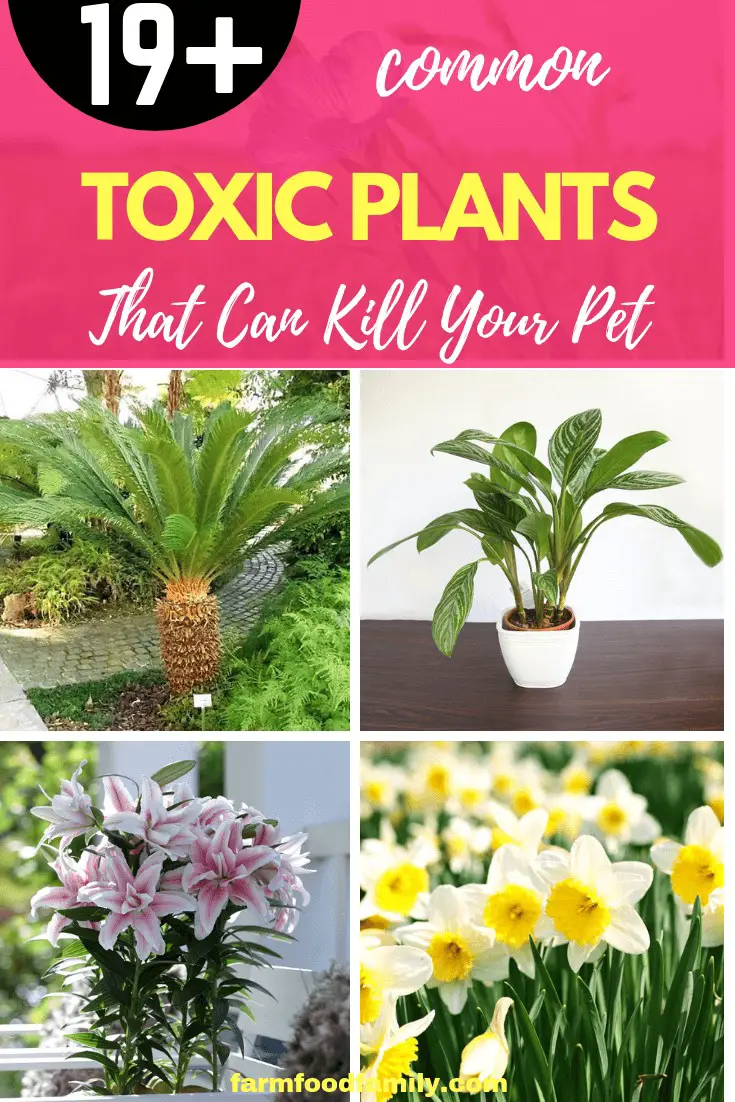
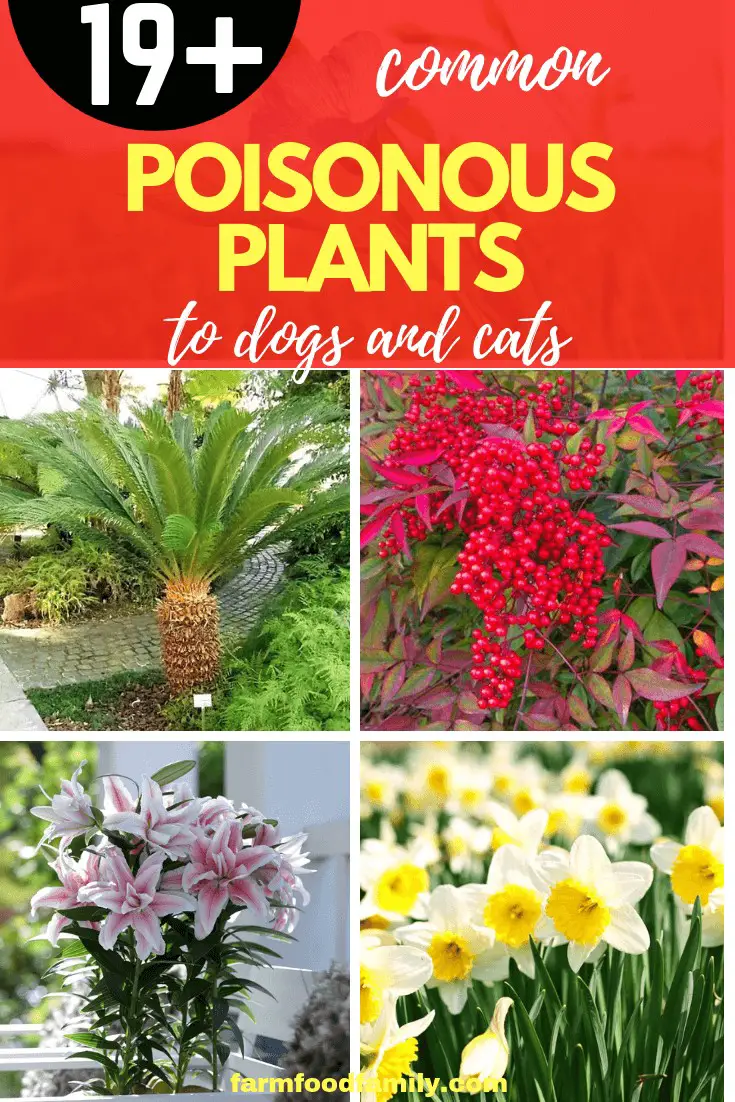
When dealing with a pet that’s been poisoned, prompt veterinary care is crucial. Upon contacting the vet, provide them with information about the plant or substance your pet may have ingested, enabling them to identify the poison and develop an effective treatment plan. Bringing a sample of vomit or stool can aid in diagnosis. In most cases, the veterinarian will aim to expel the toxin from the animal’s stomach as quickly as possible.
This might involve inducing vomiting, followed by administering milk or activated charcoal to help absorb the poison. An enema may also be employed. If access to a vet is not feasible, you can attempt to alleviate your pet’s condition with a 3% solution of household hydrogen peroxide. Administer one tablespoon of this liquid for every 10 pounds of your pet’s body weight. This can be done using a syringe, such as those used to baste a turkey.
If your dog doesn’t vomit within five minutes, wait an additional ten minutes before giving a second dose. It’s essential not to exceed this amount, as excessive hydrogen peroxide intake can itself become toxic.

